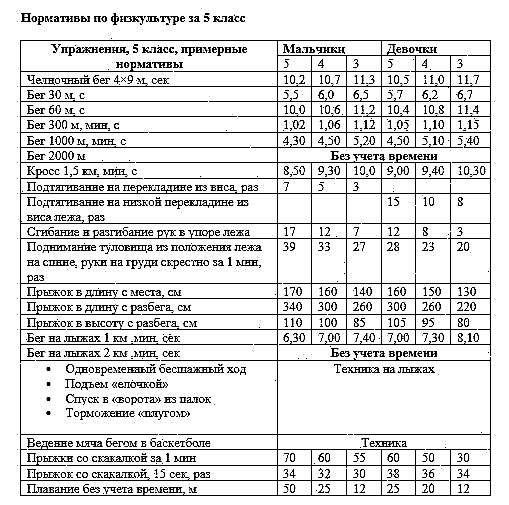Sports injuries
2K 0 01.04.2019 (last revision: 01.04.2019)
Lung contusion is damage to the lung tissue that occurs under the influence of a traumatic agent: blunt mechanical shock or compression of the chest. In this case, the integrity of the visceral pleura is not violated.
The reasons
The main cause of a bruised lung is a traumatic effect on the chest due to an intense blow with a blunt object or a blast wave. Pathology occurs at the site of impact and counter-impact.
In most cases, such injuries are the result of an accident. In a car accident, drivers hit the steering column with their chests and are injured. Concussion of the lungs and crushing of tissues are possible due to compression of the chest with heavy objects and falling from a hill onto the back or stomach.
Severity
The force of mechanical action and the size of the surface of the traumatic agent directly affect the nature of the damage to the lungs. Based on the area of the affected area, the pathology is extensive or localized. The location and extent of the contusion zone is important for assessing the clinical picture and making a prognosis.
Massive contusion of the lungs can cause death of the injured person at the scene of an emergency.
Depending on the severity of the pathological process, the following degrees are distinguished:
- Lightweight. Lung damage limited to superficial tissues. Occupies no more than two pulmonary segments. No respiratory distress.
- Average. The injury covers several segments of the lung tissue. There are separate areas of crushing of the parenchyma, vascular damage. Respiratory failure is moderate. The blood is saturated with oxygen by 90 percent or more.
- Heavy. An extensive area of damage to the alveolar tissue. Crushing and damage to root structures. Reduced oxygen content in peripheral blood.

© SOPONE - stock.adobe.com
Symptoms
A bruised lung is difficult to recognize in the first hours after injury. Because of this, medical staff are often mistaken in making a diagnosis, assessing the clinical picture as a consequence of a slaughter of the chest or fractured ribs. This becomes the reason for the wrong treatment.
Clinical symptoms of lung contusion:
- Increased respiratory distress (shortness of breath).
- Swelling and hematoma at the site of the impact.
- The presence of wet wheezing.
- Cyanosis.
- An increase in the number of heartbeats at rest.
- Hemoptysis. This symptom manifests itself in a severe or moderate course of the pathological process (occurs during the first days after injury).
- Decrease in blood pressure.
- Shallow breathing, painful sensations during a deep breath.
Due to the accumulation of blood in the soft tissues, an increase in the volume of the chest occurs. With a severe degree of pathology, a complete cessation of breathing occurs. In this case, immediate resuscitation is required.
Diagnostics
The victim must certainly be examined by a traumatologist or thoracic surgeon. The doctor clarifies the circumstances of the injury and conducts a clinical examination of the patient. The following methods are used to confirm the diagnosis:
- Physical research. With the help of palpation, the doctor determines the increase in pain when pressing on the back or thoracic region at the site of the lesion. With some injuries, it is possible to feel the localization of the rib fracture. Auscultation of the lungs allows you to hear wet rales in the damaged area.
- Laboratory tests. In order to exclude internal bleeding, a clinical blood test is performed. A sputum test is performed to identify red blood cells that indicate lung damage. The degree of hypoxemia is determined by examining the blood gas composition. The oxygen saturation level is indicated by pulse oximetry.
- Beam research. X-ray radiation allows you to identify areas of infiltration of lung tissue at the site of injury a few days after injury. X-ray examination is advisable if rib fractures, pneumo- and hemothorax are suspected. CT is recommended for more severe pathologies. With its help, lung rupture, pneumocele and atelectasis are detected.
- Bronchoscopy. It is used for clear indications. With its help, the source of bleeding during hemoptysis is determined. Simultaneously with the endoscopic examination, the bronchial tubes are sanitized.

© Artemida-psy - stock.adobe.com. Bronchoscopy
First aid
Symptoms of a bruised lung appear some time after injury. Because of this, the provision of timely assistance is not possible. The complex of urgent actions for a bruised lung is almost similar to the first aid for other injuries:
- Cold compress (15 min). It is used to reduce swelling and eliminate pain. Cold has a constricting effect on blood vessels and prevents bruising.
- Immobilization. The victim must be provided with complete rest. Any movement should be avoided.
- Medicines. It is forbidden to use any pain relievers or anti-inflammatories. They can lead to misdiagnosis.
Treatment
If you suspect a bruised lung, a person must be immediately hospitalized for several days in a surgical or trauma department. Conservative treatment of pathology includes:
- Anesthesia. The use of non-steroidal anti-inflammatory drugs.
- Relief of acute DN. Oxygen therapy, infusion-transfusion therapy and corticosteroid hormones are used. In severe cases, the patient is transferred to artificial ventilation.
- Prevention of pneumonia. In case of pathologies of the drainage function of the respiratory tract, the airways are sanitized. It is advisable to prescribe antibiotic therapy.
Surgical intervention is used when large bronchi are torn off or blood vessels are damaged.
During the recovery period, exercise therapy, massage and physiotherapy are prescribed.
Complications
Thoracic hematoma is the most harmless consequence of a lung contusion. Serious complications include: respiratory failure, pneumonia, pneumotrax, bleeding, hemothorax, and blood loss.

© designua - stock.adobe.com. Pneumothorax
Forecast and prevention
A patient with a localized contusion of the lung recovers without complications within two weeks. A moderate injury has a generally favorable prognosis. The development of severe consequences is possible in the absence of adequate treatment, in elderly patients and in the presence of concomitant pathologies. Extensive deep bruises, lacerations and crushing of the lung tissue can result in the death of the victim.
Compliance with personal safety measures allows you to avoid the occurrence of injury. Prevention of early and late complications of trauma is the provision of timely medical care.









